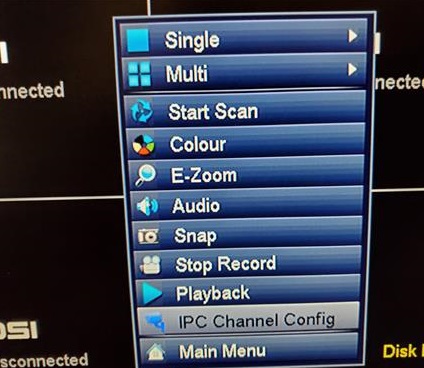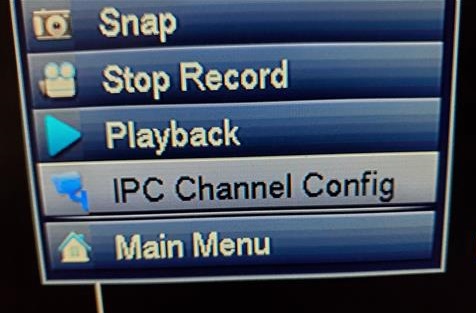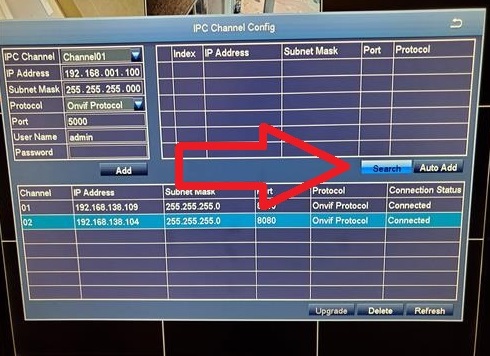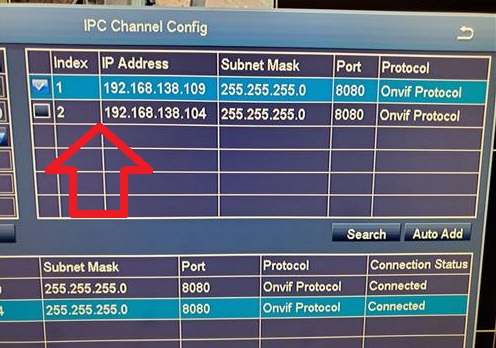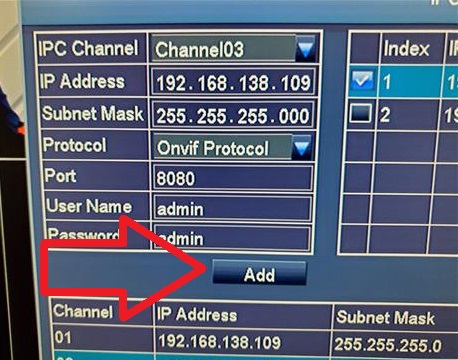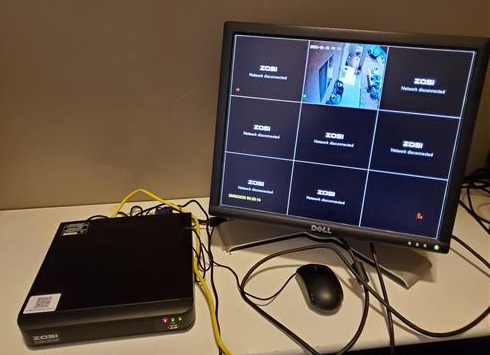
Having a surveillance camera system around a home is something that is nice to have.
There are many types available along with different types of cables and other technologies.
One such system is POE units which transfer power and video over a standard Ethernet cable.

POE (Power-Over-Ethernet) systems only need a standard Cat-5 or higher Ethernet cable run to a camera’s location.
The low-voltage cameras receive power from the DVR over the Ethernet cable with no need to run an extra power line.
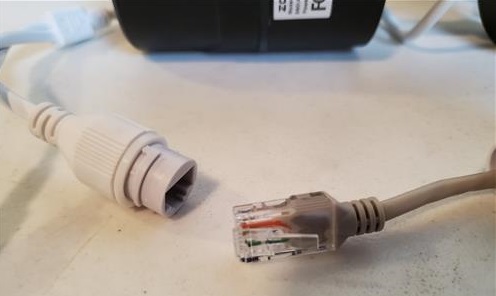
Ethernet can also transfer HD video which makes for the best picture quality possible.
Needing a new system I bought the ZOSI H.265+ PoE 1080p NVR system with 8 cameras.
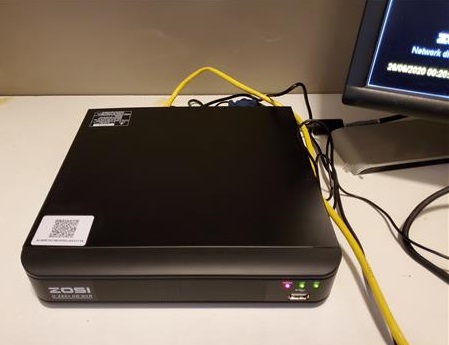
The ZOSI H.265+ is a low-cost kit that comes in different packages depending on how many cameras are needed.
I bought a unit without a hard drive and installed one myself since it cost less but they are available with hard drives installed.
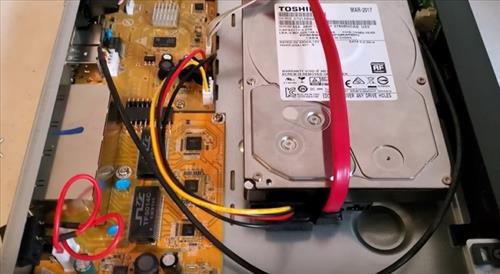
Installing a hard drive to an H.265+ DRV is easy to do but if in-doubt one can be bought with it installed.
Read Here for How To Install Hard Drive To an H.265+ NVR.
ZOSI H.265+ PoE Features and Specifications
- DVR / NVR Recorder
- Resolution HD 1080p
- App available for smartphones
- Night Vision
- Weatherproof cameras
- Motion detection and alert push
DVR / NVR Setup
The package comes with everything needed for the install including cameras, Ethernet cable, DVR, and a box with miscellaneous parts.
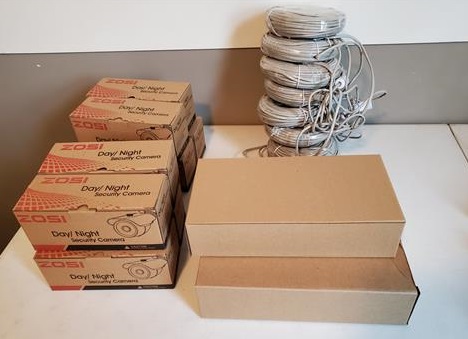
The small box has the DVR power supply, HDMI cable, mouse, Ethernet cable, screws, and security stickers.
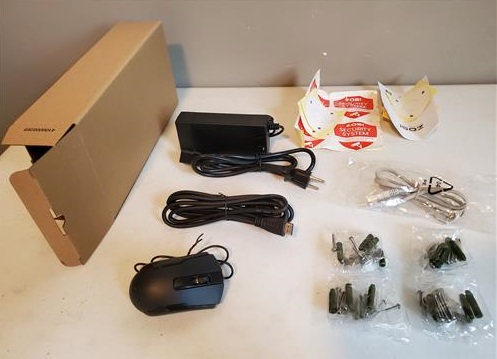
Another box contains the DVR/NVR and manual.
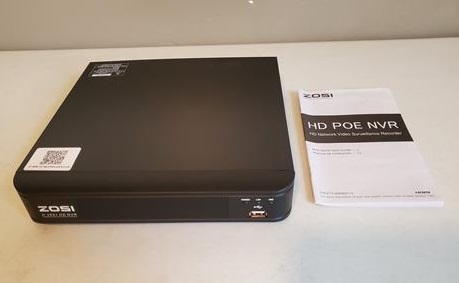
The front of the DVR has a USB port.
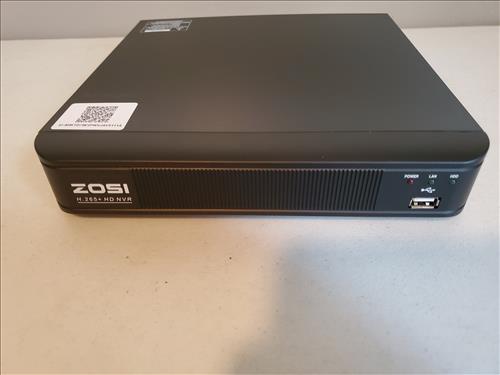
The back of the DVR has an audio out/in, VGA, HDMI, LAN, 2 USB ports, 8 Camera Ethernet ports, and the power switch.
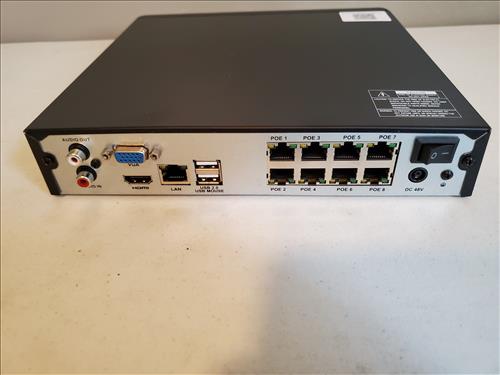
Plugging in the monitor, power supply, and mouse I powered on the system.
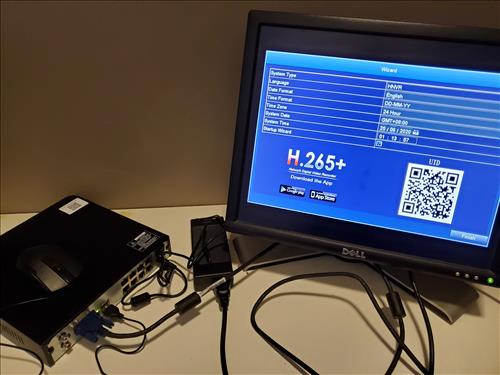
The back of the DVR has an HDMI port but I used the VGA port since that is the style of monitor I currently have.
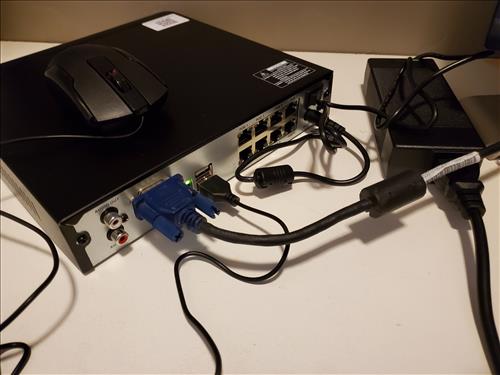
The screen boots up to a Wizard for the setup.
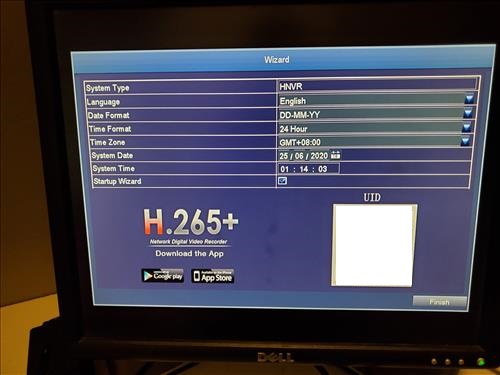
Camera Set-Up
The cameras are easy to connect with Ethernet plugging into the camera.
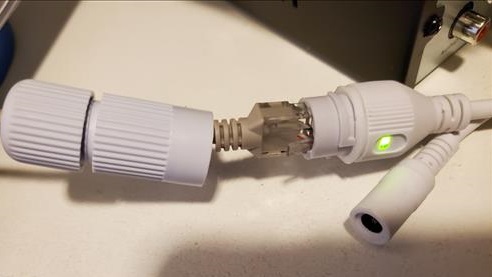
The other side of the Ethernet cable goes to the DVR.
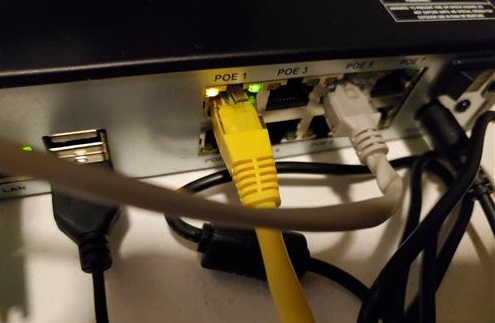
One problem I ran into was the DRV did not see the cameras after plugging them in.
The instruction says they will be automatically detected them after 1-2 minutes but the DVR did not see them.
This was easily fixed by going into settings and auto adding them manually.
Steps to Manually Auto Add Cameras to a ZOSI DVR / NVR
- Right-click on the screen.
- Click IPC Channel Config.
- On the right side click Search.
- The camera will come up and list the IP address, Subnet Mask, Port, and Protocol.
- Click the box to the left of the camera you want to add.
- Click the Add button on the box to the left.
- The camera should now display.
I set up one camera to the back porch and pointed at the back door.
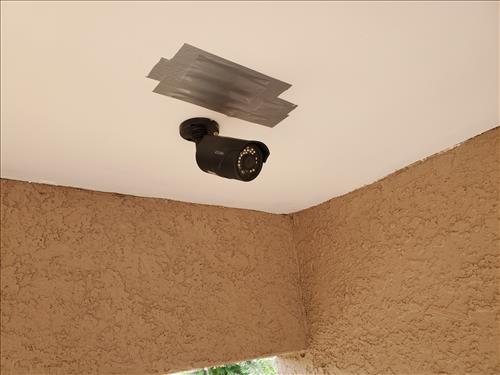
There are holes for three screws to attach the base if needed.
The DVR can display each camera on the same screen or a single camera.
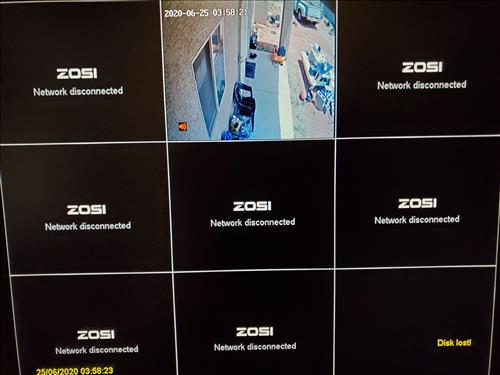
Clicking on the camera will bring it up for full view.
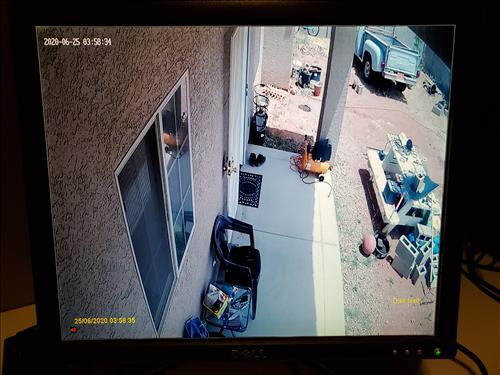
Network and App Set-Up
Connecting an Ethernet cable from the LAN port to your router will have the system online.
ZOSI has an app that can be used to view the cameras at home or while away.
The app is called Zosi Smart Home and is available from the Play Store or App Store.
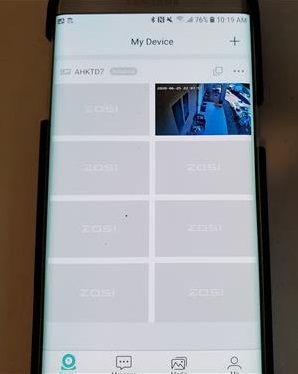
There is a QR code that is can be scanned to download the app.
The setup for the app is straight forward with registering a new account and adding the system.
They will send out a code to the email address that must be entered within 60 seconds.
So far the app has been working very well both at home and while out and about.
Summary
The ZOSI H.265+ PoE NVR is a good low-cost unit that does everything I need it to do.
There was some problems getting the system to see the cameras which is easy to fix with the steps listed above.
Adding the cameras manually to the system is quick and easy.
The kit can come with a hard drive or without one which brings down the cost.
Since I already had a hard drive I installed it myself which is easy to do but if in doubt simply buy a unit with one installed.
Installing a POE surveillance camera system is a big improvement over previous coaxial BNC systems I have installed.
There is no need to worry about a power cable and the video resolution is much better.
I am still testing the unit so far with good results and will update if anything changes.
As always be sure to read the reviews on Amazon, forums, here, or elsewhere to be sure a unit is a good fit for you.
